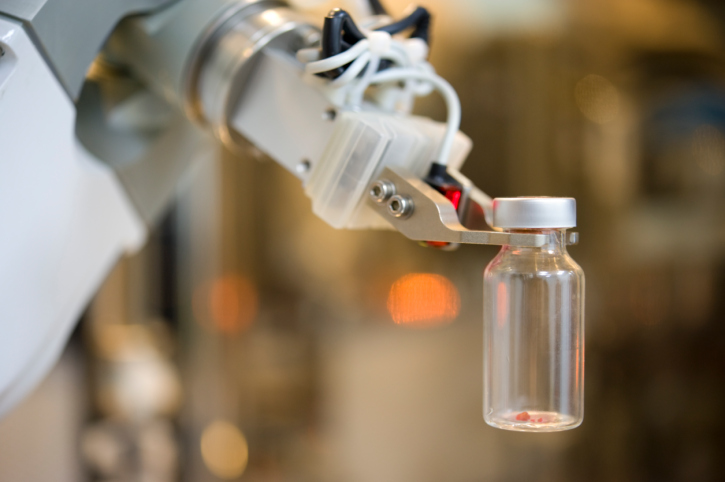Technology and Medical Practice
In shipping sensitive medical equipment domestically and internationally, it’s interesting to reflect on the relationship between technology and medical practice. Sometimes we think of technology as a kind of progress that “replaces” the process that came before it, as a more efficient and less laborious method. This might even include “replacing” human tasks with those of a machine, but in the medical world, we don’t think of machines as replacing people. Rather, as technology evolves, so does patient care from the human side– doctors, surgeons, nurses, and yes, even medical shipping companies must evolve alongside technology and find just as thorough ways to implement care with machinery and not from absence.
As informational technology progresses, patient’s charts are able to be accessed and exchanged through electronic databases. Informational technology also helps patients connect with doctors worldwide, through things like teleconferencing rather than in-person appointments. Here, the care is not less, it is simply different. Doctors and nurses also have access to research at the tip of their fingers with mobile devices. Rather than using this form of technology as a distraction, they can use it to more quickly diagnose and treat patients.
Part of surgical technology involves more robotic surgeries that are less invasive and perhaps also less taxing on the surgeon. The implement of machines during surgery helps patients recover more quickly and, in some cases, allows surgeons to perform more surgeries in a given day.
Medical research, too, has given tools to examine things at a more and more minute and cellular level, to help develop proper treatments. The World Health Organization says that vaccines save 3 million lives per year.
This medical research and technology is made further possible through medical shipping that makes the machines mobile. Ideally, as technology evolves, so does doctors’ patient care.



